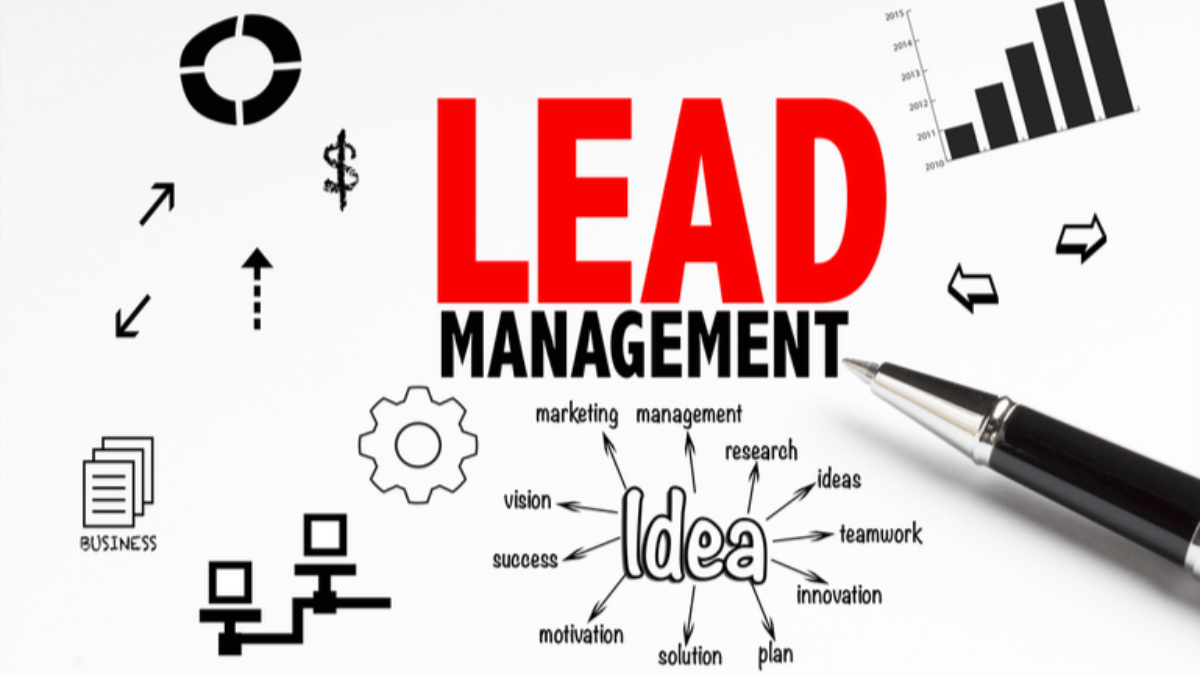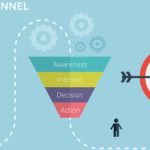In today’s competitive business landscape, lead management is more than just collecting contact details—it’s about nurturing prospects efficiently and converting them into loyal customers. Whether you’re a startup, a growing SME, or a large enterprise, an effective lead management system can dramatically increase your conversion rate and maximize your ROI.
In this article, we’ll explore the most impactful lead management tips to maximize conversions, with insights on automation, lead scoring, CRM tools, and more.
Understanding Lead Management
What Is Lead Management?
Lead management is the process of capturing, tracking, and nurturing potential customers (leads) until they become paying clients. It includes every touchpoint and interaction a lead has with your brand, from the initial inquiry to final conversion.
Why Is Lead Management Important?
- Increases sales efficiency
- Improves customer experience
- Ensures better follow-up
- Helps in lead prioritization
- Reduces lead leakage
When implemented correctly, lead management ensures no lead is ignored or forgotten.
Step-by-Step Guide to Better Lead Management
1. Define Your Ideal Customer Profile (ICP)
Before generating leads, you must know who you are targeting. Create a detailed Ideal Customer Profile (ICP) based on:
- Demographics
- Industry
- Budget
- Company size
- Pain points
This helps your team focus on high-quality leads more likely to convert.
2. Capture Leads Effectively
Use various channels to capture leads:
- Website forms
- Social media ads
- Webinars
- Landing pages
- Live chat widgets
- Referrals
Use tracking pixels and UTMs to determine which channels deliver the best leads.
3. Use Lead Scoring
Lead scoring assigns a numerical value to leads based on their behavior and characteristics. This helps sales teams prioritize their efforts.
Lead Scoring Criteria:
- Engagement level (emails opened, website visits)
- Demographics (job title, industry)
- Purchase intent (downloaded a product sheet, requested a quote)
- Time since last interaction
By ranking leads, you ensure sales teams spend time on high-converting prospects.
Essential Lead Management Tips to Maximize Conversions
4. Segment Your Leads
Not all leads are equal. Segment leads into groups based on:
- Interest level
- Funnel stage (awareness, consideration, decision)
- Product interest
- Geographic location
Segmentation allows for more personalized communication and better targeting.
5. Nurture Leads with Drip Campaigns
Leads that aren’t ready to buy today might convert in the future. Use email drip campaigns to stay top-of-mind. Your emails should:
- Provide valuable content
- Solve specific problems
- Demonstrate your authority
- Offer exclusive incentives
Don’t just sell—educate, inform, and build trust.
6. Respond Promptly
Research shows that contacting leads within 5 minutes increases your chances of conversion by up to 900%. Set up automated alerts and assign leads to reps instantly.
Use live chat, chatbots, and automated email responders to engage leads quickly.
Tools for Effective Lead Management
7. Implement a CRM System
A Customer Relationship Management (CRM) platform centralizes your lead data and helps track every interaction. Top CRMs include:
- Salesforce
- HubSpot
- Zoho CRM
- Pipedrive
- Freshsales
CRM features that boost conversions:
- Automated workflows
- Sales pipeline visualization
- Email integration
- Task reminders
- Lead scoring
8. Use Automation Wisely
Automate repetitive tasks like:
- Welcome emails
- Follow-up sequences
- Data entry
- Meeting scheduling
- Lead assignment
Automation ensures consistency and frees up your sales team for strategic conversations.
Lead Conversion Best Practices
9. Align Sales and Marketing
Misalignment between sales and marketing often results in lost leads. To fix this:
- Agree on the definition of a qualified lead
- Share feedback regularly
- Set up service level agreements (SLAs)
- Use the same KPIs and dashboards
10. Personalize the Sales Pitch
Generic sales pitches don’t convert. Personalize communication by referencing:
- The lead’s business challenges
- Content they interacted with
- Their industry-specific use cases
- Pain points and goals
People buy from brands that understand their needs.
Measuring Lead Management Success
11. Track Key Metrics
Use data to refine your lead management process. Important metrics include:
- Lead response time
- Conversion rate
- Lead-to-opportunity ratio
- Customer acquisition cost (CAC)
- Return on marketing investment (ROMI)
Analyzing these KPIs will uncover bottlenecks and areas of improvement.
12. A/B Test Your Tactics
Test different variations of your:
- Landing pages
- Email subject lines
- CTA buttons
- Follow-up sequences
Even small tweaks can significantly impact your conversion rate.
Advanced Strategies for Lead Management
13. Use AI and Predictive Analytics
Leverage AI-powered tools to predict which leads are more likely to convert. These tools analyze:
- User behavior
- Buying signals
- Historic data
Examples: Salesforce Einstein, HubSpot Predictive Lead Scoring.
14. Qualify Leads Through Interactive Content
Use interactive formats like:
- Quizzes
- Assessments
- ROI calculators
- Surveys
These not only engage users but also help qualify them based on their responses.
15. Retarget Unconverted Leads
Use retargeting ads to re-engage leads who showed interest but didn’t convert. Target them with:
- Discount offers
- Testimonials
- Case studies
- Product updates
Retargeting keeps your brand visible and increases the likelihood of conversion.
Common Lead Management Mistakes to Avoid
16. Not Following Up Enough
Many sales reps give up after one or two attempts. However, it can take 6–8 touches to convert a lead. Create a follow-up calendar with value-driven messages.
17. Ignoring Cold Leads
Just because a lead goes cold doesn’t mean they’re lost forever. Re-engage them with:
- New content
- Updated offers
- Product improvements
Staying persistent pays off.
18. Using One-Size-Fits-All Messaging
Mass-blasted emails are less effective than tailored, relevant communication. Segment and personalize for better results.
Conclusion
Maximizing conversions through effective lead management isn’t just about volume—it’s about quality, consistency, and strategic nurturing. By implementing the tips outlined above—from using CRMs and scoring systems to automation and personalization—you can turn your pipeline into a conversion engine.
As competition grows and customers become more informed, your ability to manage and convert leads efficiently will define your success. Lead management is not a set-it-and-forget-it system—it requires ongoing optimization and alignment across teams.
Start small, measure often, and iterate continuously.
FAQs: Lead Management Tips to Maximize Conversions
Q1: What is the most important part of lead management?
Answer: The most critical part is timely follow-up. Responding to leads within the first 5–10 minutes significantly increases the likelihood of conversion.
Q2: What’s the difference between lead generation and lead management?
Answer: Lead generation is the process of attracting prospects, while lead management involves nurturing and guiding those prospects through the funnel until they convert into customers.
Q3: How does CRM help with lead management?
Answer: A CRM system helps organize, track, and analyze leads. It ensures no lead is forgotten, automates workflows, and gives visibility into your pipeline for better decision-making.
Q4: What’s a good lead conversion rate?
Answer: The average B2B lead conversion rate is between 2% and 5%. However, rates vary by industry, channel, and lead quality. Focus on incremental improvements through testing and personalization.
Q5: How can I qualify leads more effectively?
Answer: Use lead scoring based on behavior, demographics, and firmographics. Also, consider asking qualifying questions in forms or using tools like quizzes and calculators.



